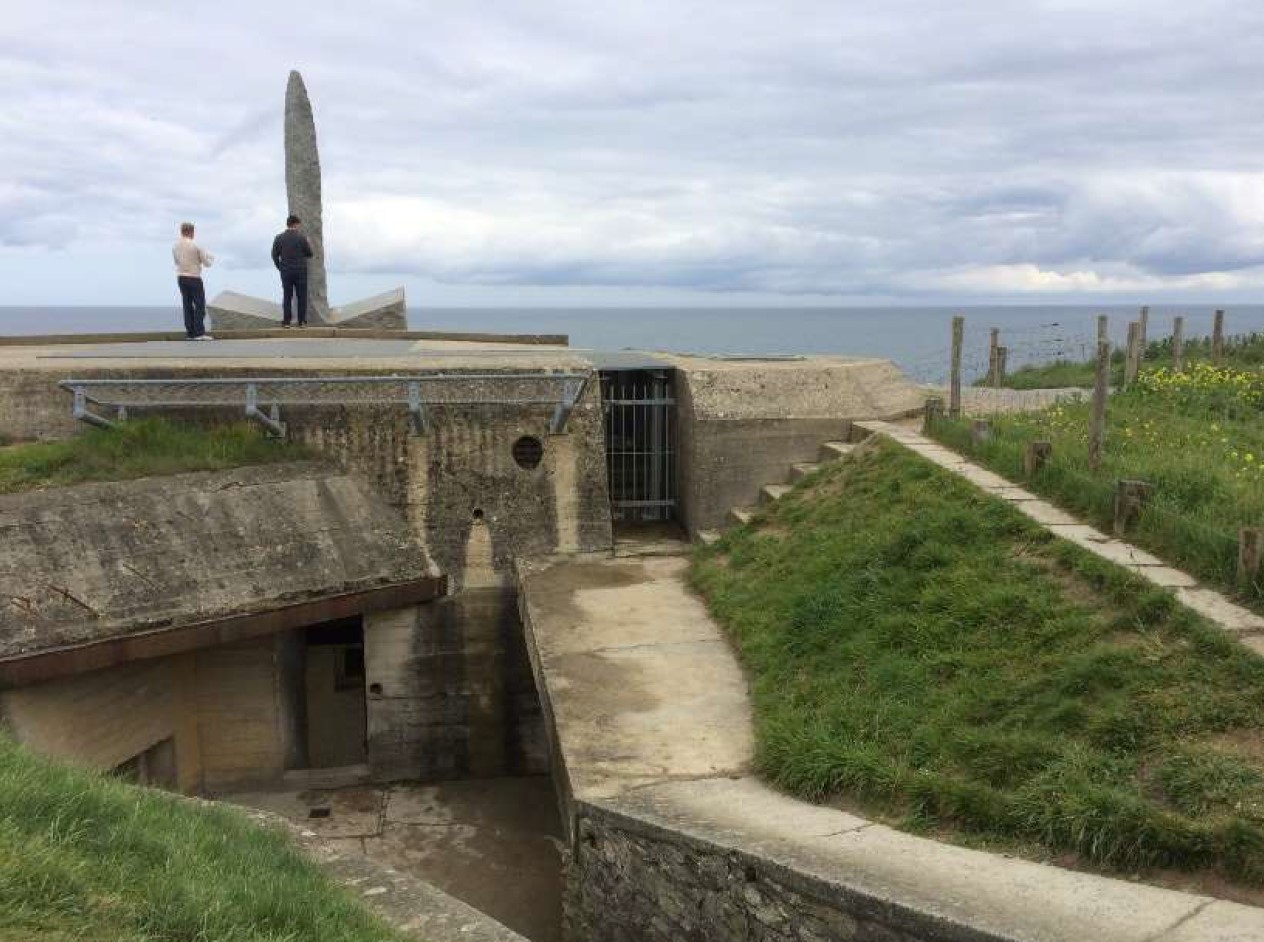by Mark Lindberg
The British brilliantly evacuated over 300,000 Expeditionary troops from Dunkirk following Nazi Germany’s occupation France in the Spring of 1940. For the next four years the “elected” British Prime Minister Winston Churchill continually outwitted the Nazi “dictator” Adolf Hitler. Although Dunkirk involved luck with a week of good weather across the English Channel, the British Codebreakers at Bletchley Park were soon reading Nazi communications with Bombes (early analog computers). The British continued developing radar and then sonar. These combinations of breakthroughs finally thwarted Prime Minister Churchill’s greatest wartime
concern: German submarines.
Following Dunkirk, Hitler ordered an air war (Battle of Britain) to destroy the Royal Air Force (RAF) in preparation for a Nazi invasion. But that plan was delayed, allowing Hitler to attend the 1940 Wagner Opera Festival. This gave the depleted RAF extra time to organize the world’s first Integrated Air Defense, build more fighter planes (especially Spitfires), and train pilots. When the Nazi’s finally abandoned the Battle of Britain by November 1940, the German
Luftwaffe had lost about 2000 aircraft (double that of the RAF).
Postponing any invasion of Britain, Hitler decided instead to invade the Soviet Union in the late Spring of 1941. The next three years of devastating fighting on that eastern front dramatically depleted the earlier very powerful German Army. By June 6, 1944 (D-Day), the Allies used a decoy US Army to maintain (and further reduce) substantial German forces at Calais, while then successfully invading France many miles away at Normandy. (Picture of Pointe du Hoc by ML on June 6, 2017 – 73rd Anniversary of D-Day)


